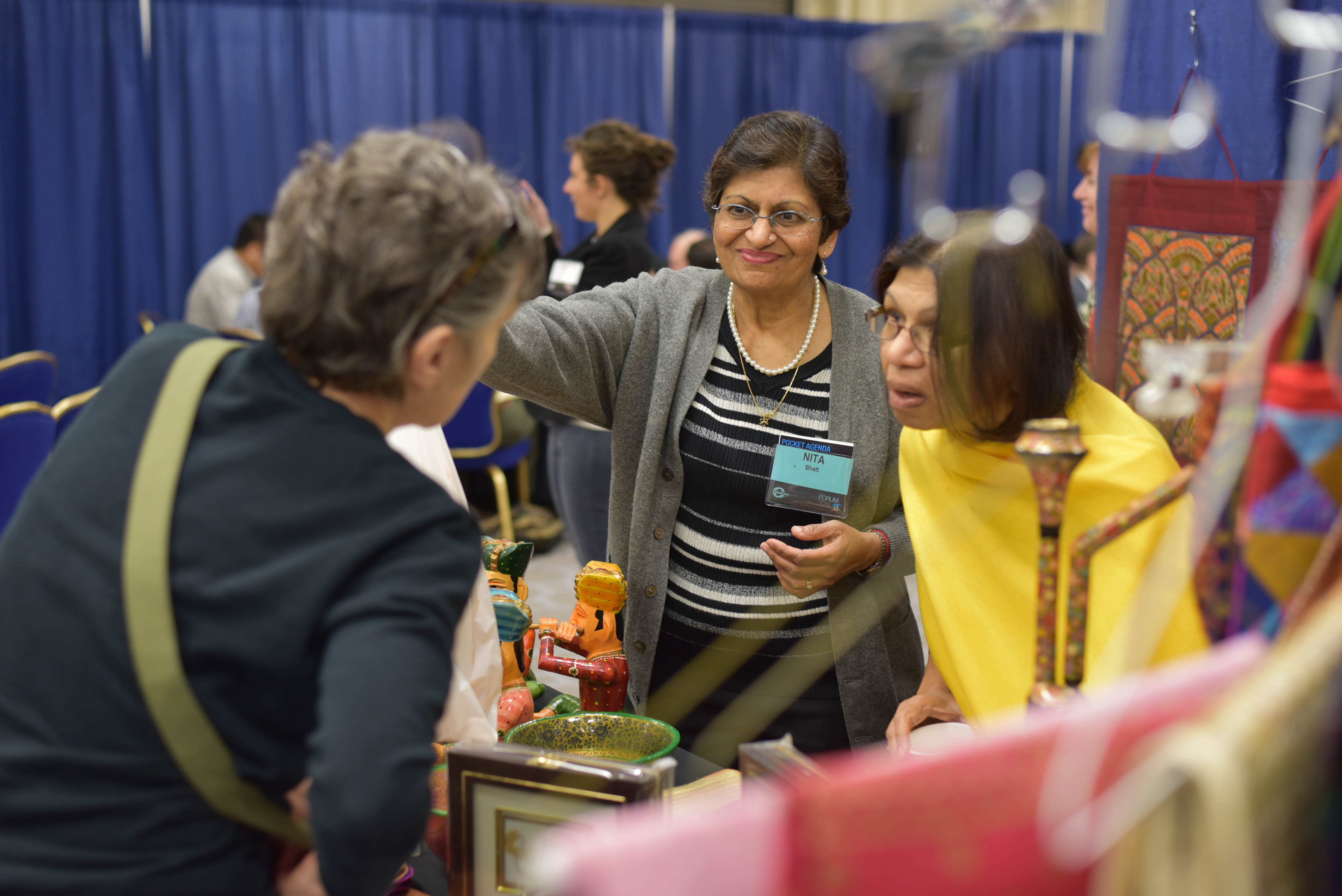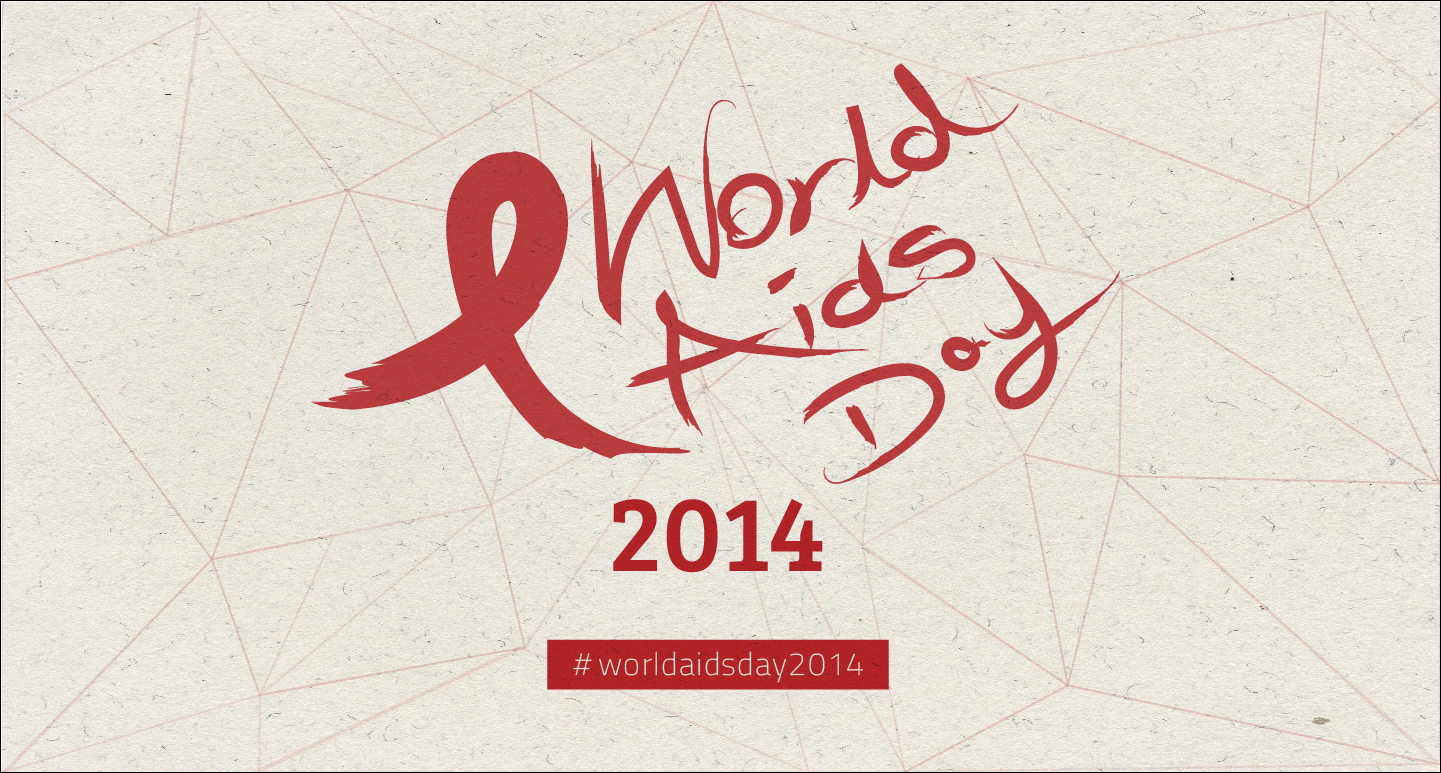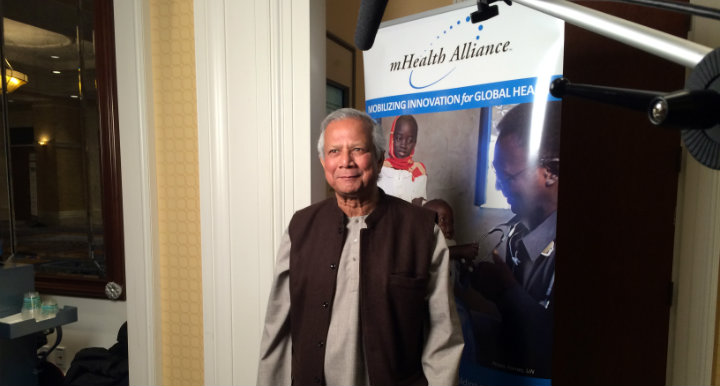This past week, I had the valuable opportunity to step out of my usual role as a graduate student at Georgetown and instead, for one day, serve as a teacher/facilitator for a graduate seminar on non-violent conflict resolution. I had been invited to come speak on behalf of TechChange, make a presentation and lead the discussion on a week devoted to the intersection of new technologies and non-violent civil resistance. The timing of such a course could not be more appropriate considering the recent and ongoing uprisings in Tunisia, Egypt, Yemen, Syria, Libya, Algeria and other parts of the Middle East/North African region.
I was encouraged and reassured by the depth of knowledge of the students in this seminar and their nuanced understanding of the highly complex nature of the use of social media for civil resistance. I left feeling intellectually stimulated but also hopeful that more young people will join this conversation, become informed and contribute to the debate! The most important take away points that the discussion produced, and which I believe are true for most – if not all – cases of civil resistance today, include:
1. Social media or any other form of technology is never the substitute for direct political action. It is merely a tool to aid already engaged protestors, it can encourage wider participation and it can help disseminate information regarding a conflict, although measuring accuracy of such information is tricky.
2. Those who embrace non-violence may do so out of principled consciousness or strategic consciousness but it is nearly impossible to determine a causal relationship between the availability/accessibility of technological/media tools and the choice of non-violence over violence. Measuring effectiveness of social media is difficult because the concept of success or envisioned goal is dynamic; there are a plethora of various forces at play and we are still at very early stages of experiencing this phenomenon. We don’t know everything and we also do not know what and how much we don’t know.
3. Not all those who embrace non-violence use technology and not all those who embrace non-violence remain non-violent. Definitions of non-violence are fluid and may not always actually represent non-violent protest. After all, if an individual is hurling sticks and stones instead of firing bullets, are they still not causing violence?
4. The rapidness with which social media and technology are expected to expedite any process and serve as a catalyst but democratization, by its very nature, is slow, it require continued support and nourishment, it is a constant work in progress and context-sensitive. The question therefore arises, does the presence of new and innovative technologies instill unrealistic expectations in people for the implementation of change? After all, the fall of a regime is only the beginning of political and social transformation.
The discussion continues so keep tuned into the TechChange blog for the latest and most interesting news and join the conversation today!



